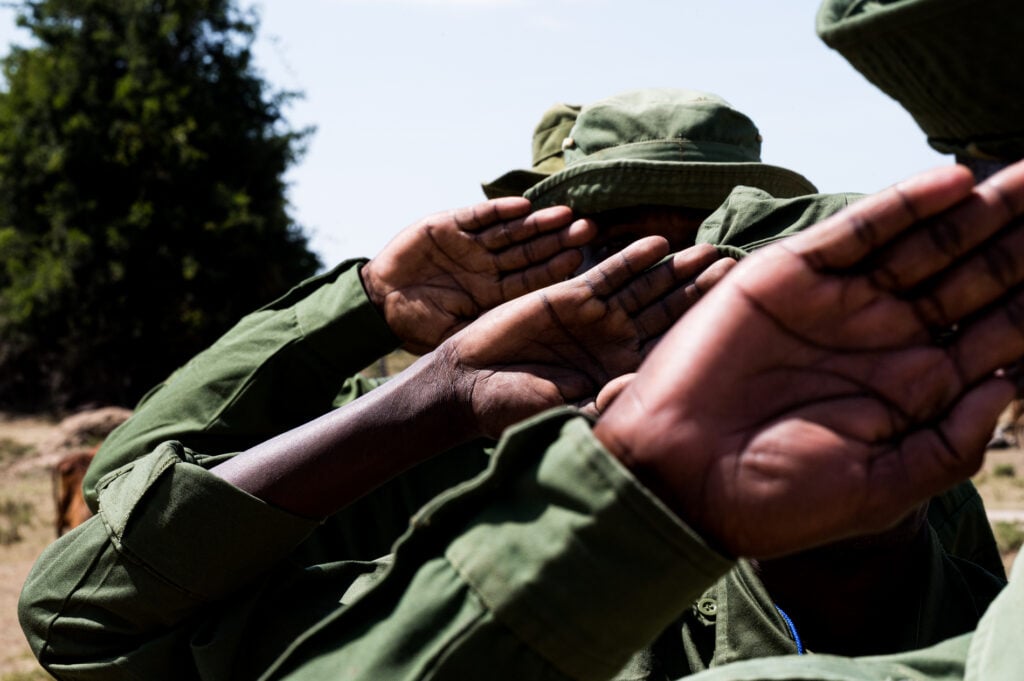A little over 50 years ago an anonymous caller to the airline TWA threatened to blow up several of its jets unless he received $2 million. The authorities at New York’s JFK airport immediately grounded flights. Others were turned back, including Flight 7 to Los Angeles. Then it was noted that Brandy was on the scene. Brandy was a German shepherd, part of an Army-funded research project into sniffer dogs and at JKF that day to do a demonstration. Now she was called on to go to work. Led from TWA aircraft to TWA aircraft, when she was taken on board the recently-returned Flight 7 she went straight to a briefcase labelled ‘crew’. It was filled with C4 explosive.
That was a particularly spectacular save. Bombers, it seems, are disinclined to work where they know sniffer dogs – or detection dogs, as they’re more properly known – will be in operation. And, since 9/11, in particular, that can seem to be everywhere. Many will be familiar with the sight of sniffer dogs at gigs and festivals, on the hunt for illegal drugs. Before Covid-19 scuppered public gatherings, even Ascot – one of the most upscale events in the international sporting calendar – was due to deploy sniffer dogs at the racing grounds for the first time.
Crime Detector Dogs
But detection dogs are now being trained to sniff out the more unexpected too. If there are ‘bomb dogs’ there are also so-called ‘digital dogs’ – aka ‘porn sniffing dogs’ – trained to find hard-drives and SIM cards used to share child pornography. There are the dogs trained to track tiger body parts – used in Chinese medicine – for the wildlife crime prevention organisation Traffic India, where, according to its head Dr. Saket Badola, “the use of dogs is making a real dent in the problem – they’re taking the fight to areas where humans won’t readily venture, and because they’re making it so difficult to trade animal parts the poachers are giving up.”
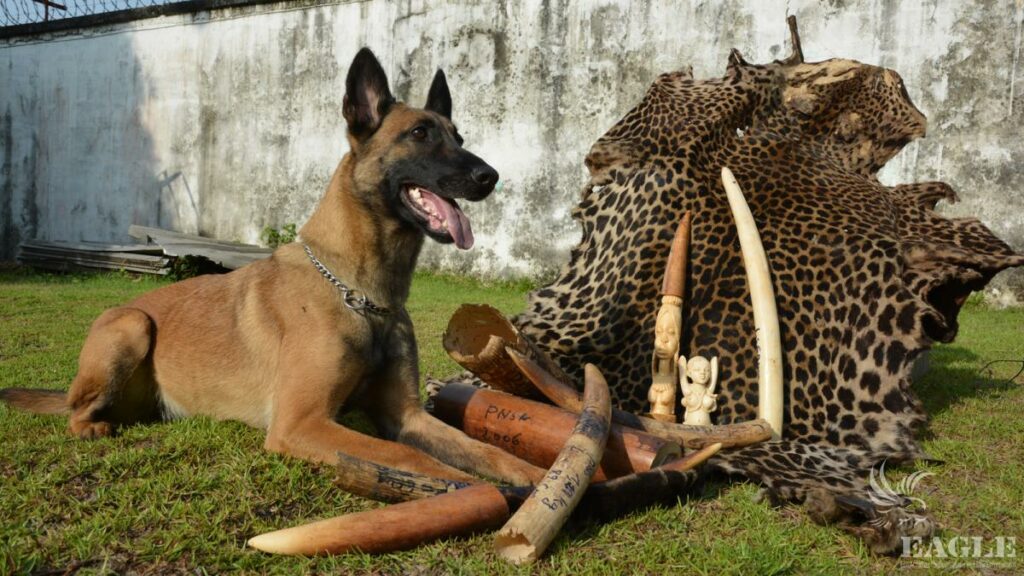
Less arrestingly, but no less impressively, there are dogs now used to sniff out water leaks. Thames Water, which manages mains supply to London, recently trialled the use of dogs to find cracked or burst pipes, walking a 40km pipeline buried 2m below the countryside from which a trained dog can nonetheless detect the minute traces of chlorine released with any leak. Since the company spends something like £1m a day trying to fix 200 leaks, any assistance in finding these faster will save it big time. It’s niche – there are perhaps fewer than a dozen or so sniffer dogs in the world trained for this – but even the detection of dry rot in the construction industry has become canine-enabled. A dog can smell what a surveyor cannot see.
Dogs can detect a teaspoon of sugar dissolved in two Olympic swimming pools of water. If humans have six million scent receptors, dogs have 300 million
“You can basically train a dog to find anything that has an odour – and just because we don’t think something has an odour, that doesn’t mean it doesn’t,” says Brent Hardy, one-time close protection officer turned managing director of detection dog training company Scentpro, who hass supplied dogs and their handlers to war zones, but also to the police forces of Hong Kong and Singapore.
“Providing we can get hold of a sample, we can train a dog to trace it. It’s the well-established problems that cost a lot to solve, and that haven’t been easy to solve, that are shaping dog training now. Blown electric cables – they’re another one seeing detector dogs being used. But then a blown cable is akin to explosives in terms of scent…”
A dog’s world is olfactory before it’s anything else. Some notion of this is a commonplace. But quite how extremely well-calibrated a dog’s nose is for scent is nonetheless amazing – and they don’t even have the most sensitive of noses in the animal kingdom: elephants, rats, jackals, all would leave most dogs standing in some scent Olympics.
But dogs are amenable, companionable, even portable – and can still detect the equivalent of a teaspoon of sugar dissolved in two Olympic swimming pools of water. If humans have six million scent receptors, dogs have 300 million. If five percent of human brain resources are assigned to smelling, 35 percent of a dog’s brain is.
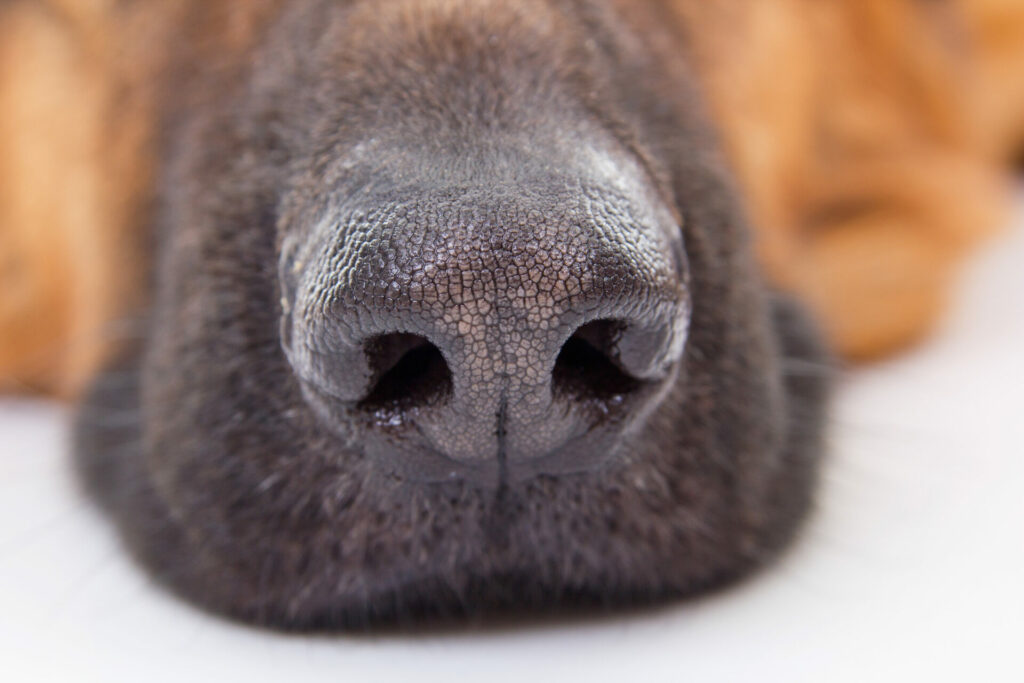
Nature has done a fine design on that canine nose too: when air enter’s a dog’s nose, it’s split into two channels, one for breathing and one for smelling; when a dog exhales, the air exits through slits to the side of its nose, thus not interfering with analysis of incoming odours. Dogs can move each nostril independently, like scent direction finders. What dogs also do that humans can’t is known as particulation.
“If you walked into a house where there was some baking going on, you’d detect the aroma of baking. If you had a really good sense of smell you might be able to specify, say, ‘lemon cake’,” explains Hardy. “A dog would walk in and identify lemons, caster sugar, butter, flour, and so on.”
‘You know the dogs you don’t want in the house all the time because they just never stop? Those are the dogs we want – the ones that don’t understand there’s any such thing as rest’
This means dogs can be trained to zero in on one particular ingredient, not anything cased in plastic, for example, but specifically TPPO, the chemical used in the plastic that encases SIM cards. It also means it’s next to impossible to mask a scent to a dog in the way that it is to a human. “You get drug-dealers hiding cocaine in coffee shipments,” explains Hardy. “That might confuse you or I. That won’t confuse a detection dog. In fact, the smugglers know it won’t work too – what they’re hoping is that it’s the handler who’s not on form, not the dog. That’s why training the trainer particularly to trust the dog is as important as training the dog itself.”
Not born equal
But this doesn’t mean any dog is good for detection work. The considerations are many. Bloodhounds, notoriously, will follow a scent to the end of the Earth – it’s why they’re used to track escapees. But they also tend to smell pretty bad, which is a factor when working in a more public setting. Likewise, although German Shepherds are among the leaders of the pack when it comes to scent detection, their association with aggression (it’s why they’re used for guard and patrol duties, after all) also makes them unsuitable for all situations. “You tend to need a dog that looks friendly if you’re working around people all day,” notes Hardy.
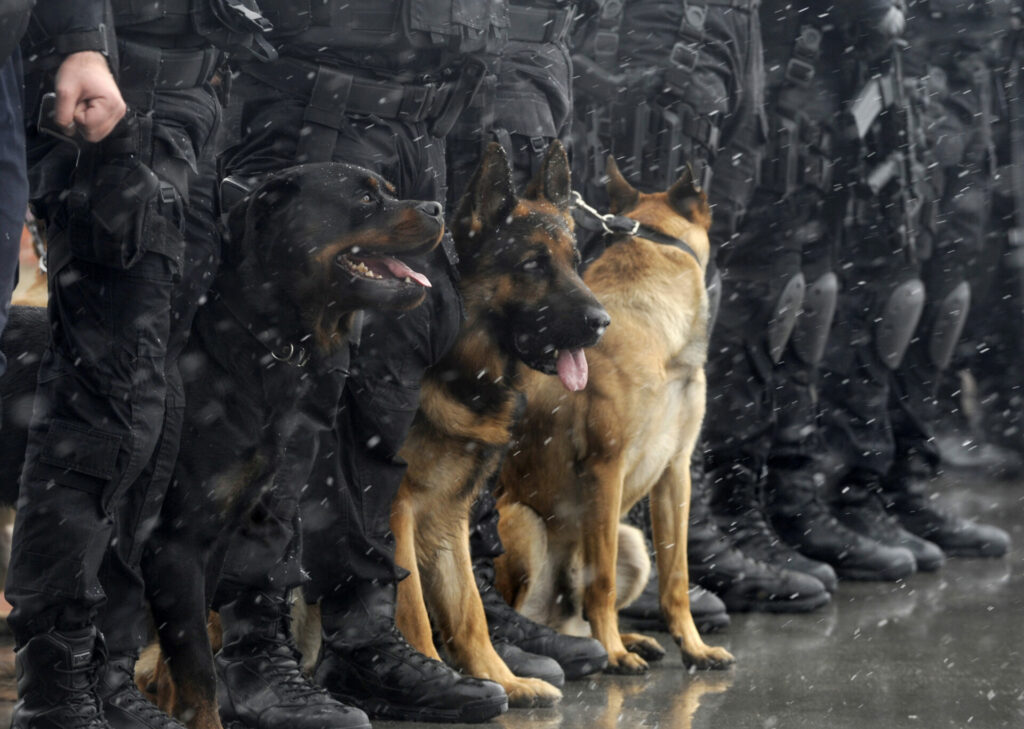
So it’s sporting dogs you’ll see on duty most often: Labradors, German Shorthair Pointers, Vizslas, and Golden Retrievers. Such dogs express the ideal balance of qualities – intelligence but not too much, tractability, endurance and, perhaps most importantly of all, a certain obsessiveness. “You know those dogs that you don’t want in the house all the time because they just never stop?” asks Hardy. “Those are the dogs we want, the ones that don’t understand there’s any such thing as rest. They’re naturally driven without having to be geed up. But they can also be given deep motivation to hunt for an object such as food, and their ball.”
‘Man-trailing’ – when a dog is given an individual’s scent cold and told to find them – is next level and their findings are so reliable that they’re accepted as evidence in court
It’s with this object that a certain odour, be that of explosives or heroin, is, to use the terminology of the trainers, imprinted through repetition. It’s proper Pavlov’s dog territory. The ‘hide’ or the target object, is hidden among distractions and other deliberate mis-cues of ever greater complexity and, over time, the dog comes to associate the odour or odours with the positive reinforcement that is the reward of its favourite thing. The dogs are given five or so generalised versions of the target odour – and, yes, detection dog trainers have to be licensed so as to be supplied with sufficient quantities of Semtex, or cocaine, or whatever illegal stuff they need to do their work – until it learns to hone in on its target odour.
You need a dog that’s really determined to find that odour too – they ‘commit to the odour’ – and which won’t stop until it does. Typically dogs are trained to then give not an active indication – a bark, for example, of mouthing or scrabbling at the target, which might be a very bad idea if it’s a bomb – but a passive indication. Typically that means simply sitting next to the target. Or giving it a long, hard stare.
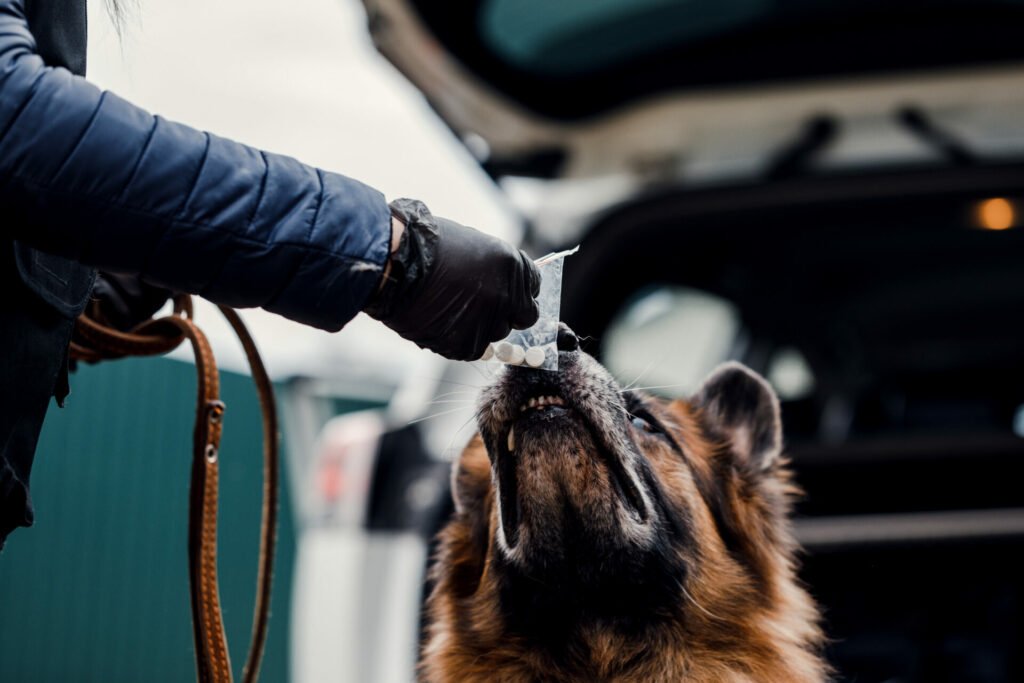
Some sniffer dogs need to really be on their toes. The International Search and Rescue Dog Organisation (IRO), a non-profit established after the 1988 Armenian earthquake to co-ordinate the use of dogs in search missions, has to be particularly picky. Not only does its dogs have to have the scent obsession, they also have to be able to work with the agility and obedience that allows them to take off on their own through a forest in search of its target, or scrabble over rubble fields where their handlers can’t easily move. But so-called ‘man-trailing’ is next level: that’s when a dog, without the many years of training typically required to learn focus on a specific odour, is just given one individual’s scent cold and told to find him or her right off the bat. Walkers lost in the hills, children lost in the neighborhood – dogs get a quick sniff and seek them out. In fact, these dogs’ trailing skills are so reliable that their findings are accepted as evidence in court.
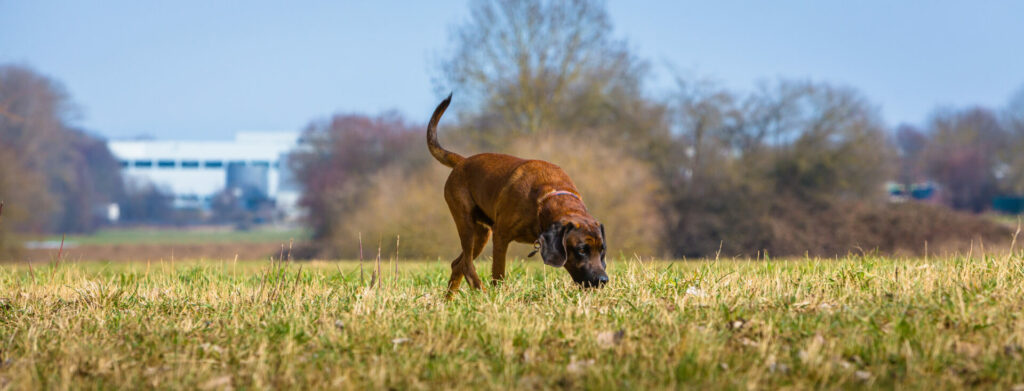
“We all have a generic human scent that these dogs can be trained to pursue. We all shed a scent over the ground, in the grass, when we pass over terrain,” says the IRO’ general secretary Andrea Thuma. “That works well in a disaster situation, where you’re trying to find anybody. But in some situations dogs also have to be trained to ignore all of those cues in favour of one specific individual’s scent, and perhaps to hone in on that through crowds of people. And that’s impressive.”
Sniffing out serious sickness
Remarkably, dogs are now even being used to scent targets within people – to find cancers, diabetes and other illnesses, or, as one Vancouver hospital has trialled, those pesky C.Diff anti-biotic resistant microbes. If the training of sniffer dogs has, to date, been something akin to a craft, now it’s necessarily becoming a science, entailing blind and double-blind trials. One such on-going study has shown that dogs can scent malaria in samples of socks worn by children infested with the malaria parasite. The result could be both a test in which diagnosis is considerably faster than blood sampling and lab work, and detection in people still asymptomatic – which can be crucial to curtailing transmission of infectious diseases. Perhaps dogs could have screened for Covid-19.
Tell someone you have a machine that detects malaria and they accept that. Tell them that machine has a wet nose, fluffy coat and runs around the park and attitudes change very quickly
“The amazing difference with this kind of work is that we can’t teach the dog the solution. We can teach a dog what marijuana smells like, but not what, say, cancer smells like,” explains Mark Doggett (“yes, that’s my surname, ironically,” he says), a dog trainer with Medical Detection Dogs, the leading organisation working with MIT and various medical bodies on a development programme backed by the Bill & Melinda Gates Foundation.
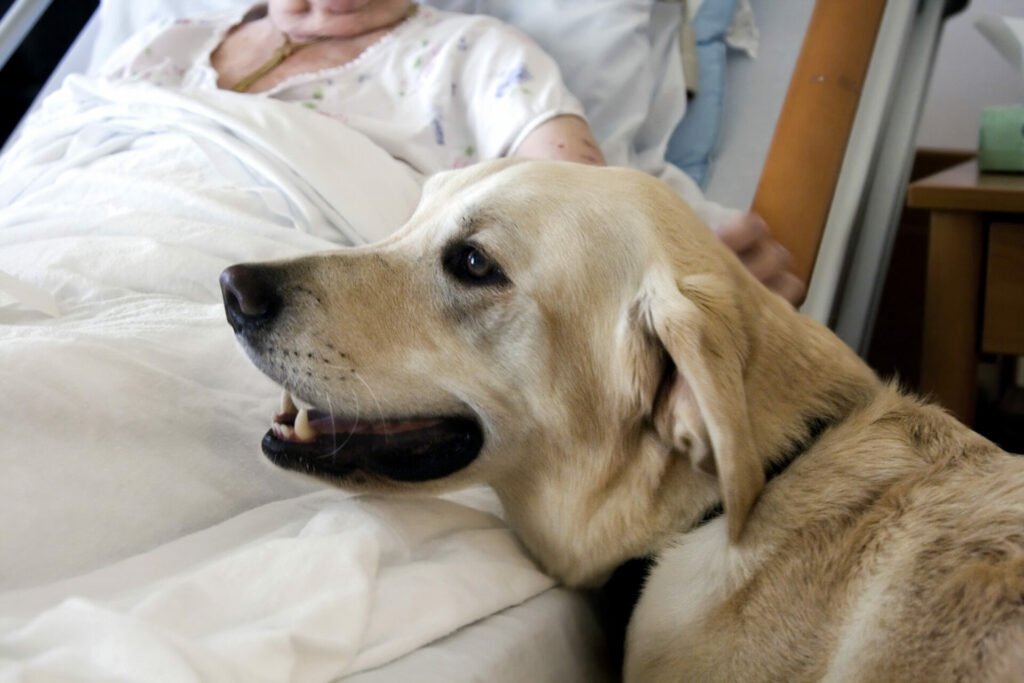
“We can give a dog urine samples and what follows is team work to assess whether there’s something suspicious in what is revealed, or whether that should be ignored,” Doggett adds. “Yet it’s the dog who, over time, has to work out the common factor between those samples that indicate the illness. It’s incredible, really. Yet there are still skeptics regarding this kind of work, even within the medical world. Tell someone you have a machine that detects malaria and they accept that. Tell them that machine has a wet nose and a fluffy coat and you might see one running around the park and attitudes can change very quickly.”
Sniffer Dogs V Machine?
But that does raise an important question. Surely by now technology has offered some kind of replacement for the nose of man’s best friend? Sniffer dogs are not cheap, after all – one might typically cost around $14,000 (AED64,000) to buy and train, which can take up to three years, all for a working career of around seven years; that’s not counting the expense of training their handlers, who usually work in a dedicated team, one-on-one with each dog.
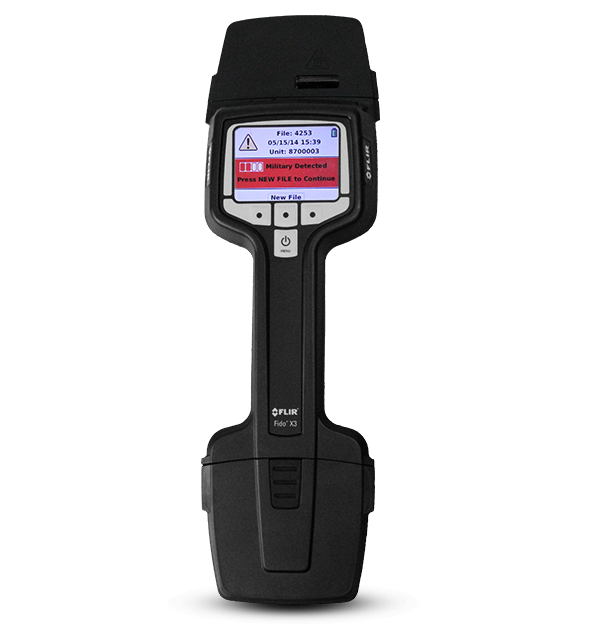
Certainly there have been efforts to replace dogs with a machine but none, yet, can match the canine. Billions have so far been spent on trying to devise an electronic nose with the same sensitivity as that of a dog. Some have even come close: over the last decade one US Defense Department project developed a fluorescent polymer-based scent-detecting tech dubbed Fido X3, designed to be used alongside dogs rather than to replace them; Pacific Northwest National Laboratory now has a tech capable of indicating vapour levels at a dog-like few parts per trillion.
But a dog can learn to adapt. A dog can generalise regardless of the cancer type or the size of the tumour, and even detect cancers before they form a tumour. A machine is stuck in its programming. “And then you find that you can’t walk a machine around a stadium,” Doggett laughs.
This said, detection dogs are not without practical problems themselves.
There have been arguments made that the presence of sniffer dogs encourages casual drug users to take ever more drastic steps to hide their supply, to binge them, or merely to use them ahead of going out. Then there is the argument that the number of false positive hits – anywhere between 20 and 70 per cent, depending on the target, the scenario and the sample – is too high to make sniffer dogs dependable, though dog trainers typically counter by saying this isn’t the dogs’ fault, so much as their handlers’.
You have to go through 100 dogs to find one right for training. And even then the wash-out rate is so high. The bottom line is that exceptional work requires an exceptional animal
But these seem minor stumbling blocks in what looks set to be just the new beginnings of an already beautiful relationship, with better dog/human understanding likely to lead to only more snuffling and sniffing in the corners. Certainly demand for detection dogs shows no limits. A couple of years ago the American Kennel Club even established a detection dog task force, charged with developing a stable source of trainee dogs for the US government’s ever-expanding needs; more recently it’s also launched its Patriotic Puppy Program to encourage breeders to set aside a dog from each litter, one that might – like candidates for the Marine Corp or special forces – be suitable for training.
“The need for detection dogs is just enormous now,” reckons Sheila Goffe, the task force’s staff lead. “But the fact is that we do need to have the right dogs. People say ‘why can’t you just get them from shelters?’. But you have to go through 100 dogs to find one you’d even consider right for training. And even then the wash-out rate is so high. The bottom line is that exceptional work requires an exceptional animal.”








